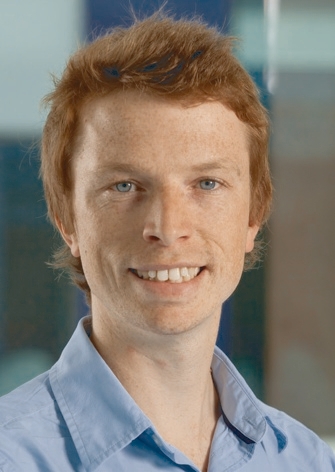Young Engineering Consultant of the Year Tom Wilcock
The Young Consultant of the Year says it’s up to engineers to demonstrate what they do to attract young people into the industry. Stuart Nathan reports

2006 MEng Engineering, University of Cambridge
Tom has worked at Arup throughout his career. He has worked on projects including Torre Ejecutiva in Mexico City, Adihe City in Verona, analysis of vibration for a rugby stadium in Dublin, foundatiom design for Aquamarine Power’s Oyster wave energy device, and post-tsunami reconstruction in Sri Lanka.
New Civil Engineer/Association for Consultancy and Engineering Young Consultant Engineer 2013
Engineering can be a difficult subject to get your head around, even for those within the sector. It covers such a dizzying range of subjects, sectors and job functions, some of which seem to have little or no common ground between them. How much more difficult must it be, therefore, for students and teachers who want to understand what the discipline involves, and how they might find their way into it?
For Tom Wilcock, who at 29 has been named Young Consultant of the Year by New Civil Engineer and the Association for Consultancy and Engineering, it was a matter of finding out for himself. Wilcock is now a member of Arup’s Advanced Technology and Research (AT&R) Division, but his association with Arup goes back much further. ‘When I was 15 or 16, I was trying to decide whether I wanted to do architecture or engineering at university, as I had to decide which A-levels to take and the requirements were different,’ he said. ‘At the time, I knew quite a lot about what architects do, but I knew a lot less about the engineering environment and what that involved. So I spent a week doing work experience at Arup, working with one of the engineers in the London office, and that helped me to understand the role that engineers play in helping buildings come to life, but just as important was seeing the passion involved in that process, for what they did and the role they play in society. That triggered my imagination.’
Register now to continue reading
Thanks for visiting The Engineer. You’ve now reached your monthly limit of premium content. Register for free to unlock unlimited access to all of our premium content, as well as the latest technology news, industry opinion and special reports.
Benefits of registering
-
In-depth insights and coverage of key emerging trends
-
Unrestricted access to special reports throughout the year
-
Daily technology news delivered straight to your inbox










National Gas receives funding to develop Gravitricity underground hydrogen storage system
One single rock salt mine - Winsford - has 23 <i>MILLION </i>cubic metres of void and even allowing for 10% of that void set aside for hazardous waste...